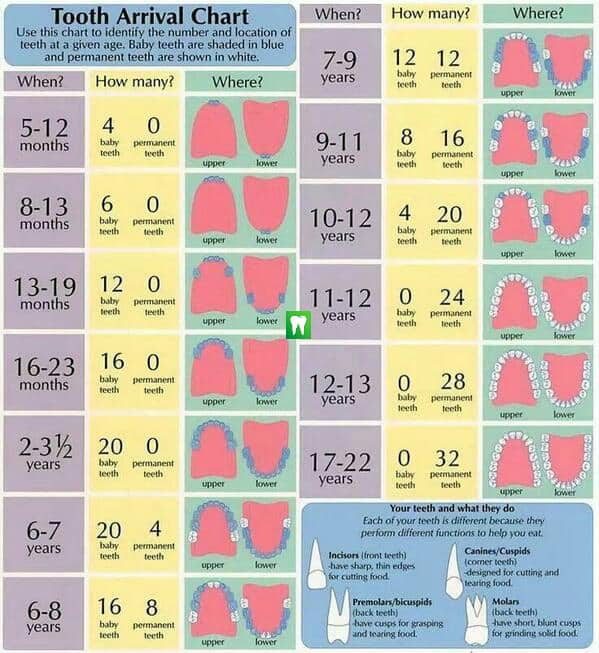Replace that old toothbrush!
For most of us our toothbrush is our primary weapon in the constant battle against plaque and tooth decay. It’s the main tool in our oral hygiene arsenal. But how healthy is your toothbrush? Did you know your toothbrush can become contaminated with oral microbial organisms whenever it’s placed in your mouth?
Viruses and bacteria from an infected person’s mouth can live for weeks on a toothbrush surface, and continue to cause illness. Even normal, healthy microorganisms can cause infections, especially if they enter your gum tissue due to an injury, a break, or an oral ulcer. And new toothbrushes are not required to be sold in sterile packaging, so they may have bacteria on them right out of the box.
You may not give much thought to cleaning your toothbrush when you’re wetting it every day to brush your teeth. However, it can be an important and easy step to take in your tooth brushing routine. Here are a few helpful tips on how to keep your toothbrush at it’s healthiest and keep your mouth happy and healthy.
- Give your toothbrush a thorough rinse with tap water to remove debris. If you have a systemic illness or immune disorder, you may want to soak it in antibacterial mouthwash.
- There are many types of toothbrush sanitizers on the market to help keep your brush clean of unwanted bacteria. Some even use ultraviolet light to kill microorganisms.
- Proper storage can make a big difference in the health of your toothbrush. After use, don’t put your toothbrush back into your medicine cabinet or drawer and forget about it. Instead store it upright, in a rack or cup, where it can dry out. Look for a cover that lets air circulate and prevents mold, but isn’t completely sealed. The lack of air can foster bacteria.
- Replace your toothbrush, or electric toothbrush head, every 3 to 4 months, or when it shows signs of wear. No matter what type of toothbrush you use, its bristles can become frayed and worn which can cause them to lose their effectiveness. Clinical research shows that a new toothbrush can remove more plaque then one that’s worn out, ensuring that your brush is working its hardest to help keep your teeth clean and healthy. For that reason, some toothbrushes and toothbrush heads contain colored bristles that fade to signal when to replace them.
- Always throw away a brush you or anyone in your home used while sick. Viruses and other microorganisms that cause illness can live on your tooth brush and keep on infecting anyone who uses it. This also applies to electric toothbrush heads. Dispose of the brush attachment after an illness or when the bristles begin to show signs of wear. It can also be beneficial to use a different tube of toothpaste, such as a travel size tube, than others when sick to prevent the spread of any illness.
- Do not share your toothbrush! Sharing a toothbrush can transfer saliva and bacteria. Even the kind that cause tooth decay. Tooth decay is considered an infectious disease – one more reason not to share or borrow a toothbrush.



